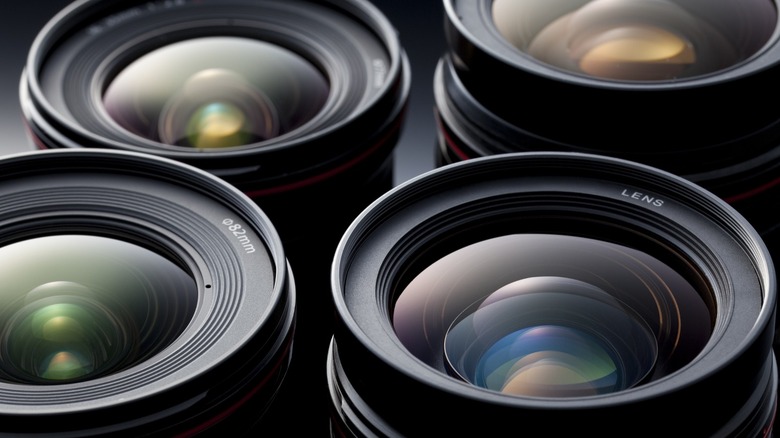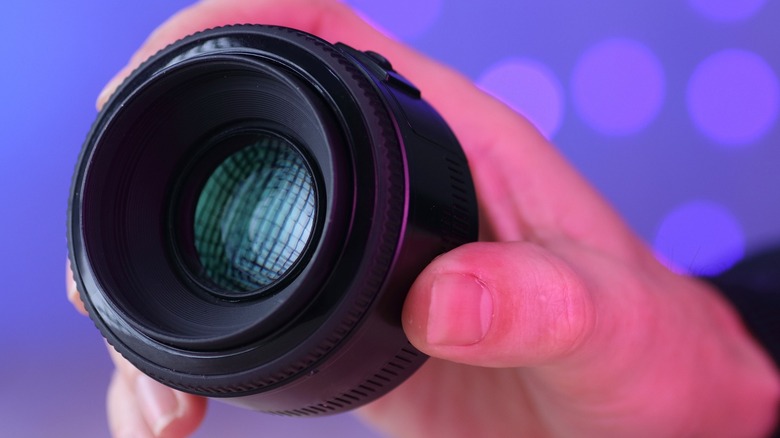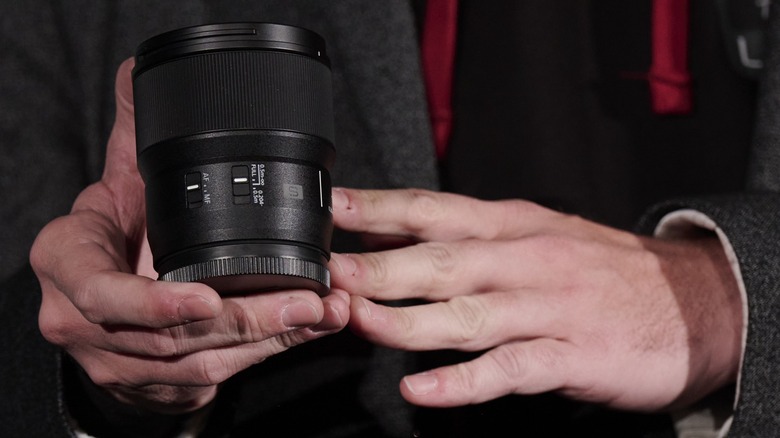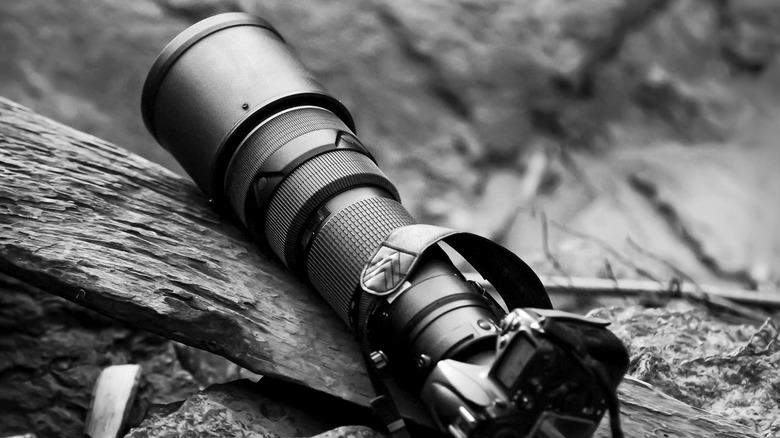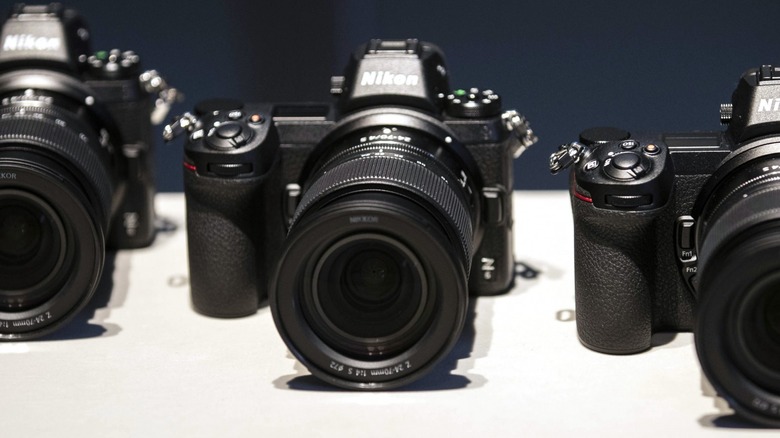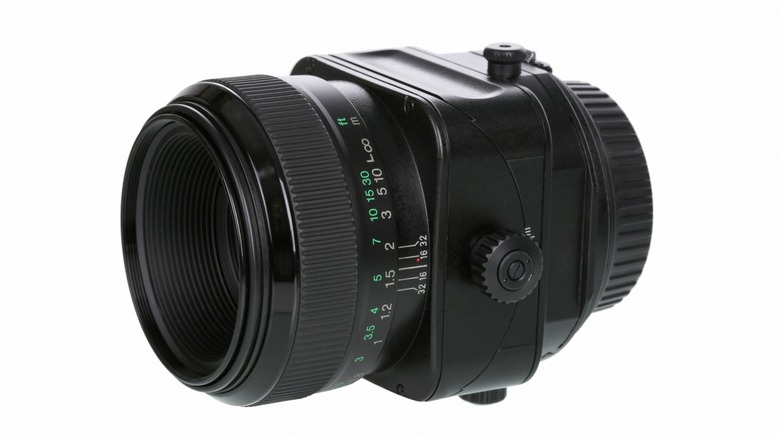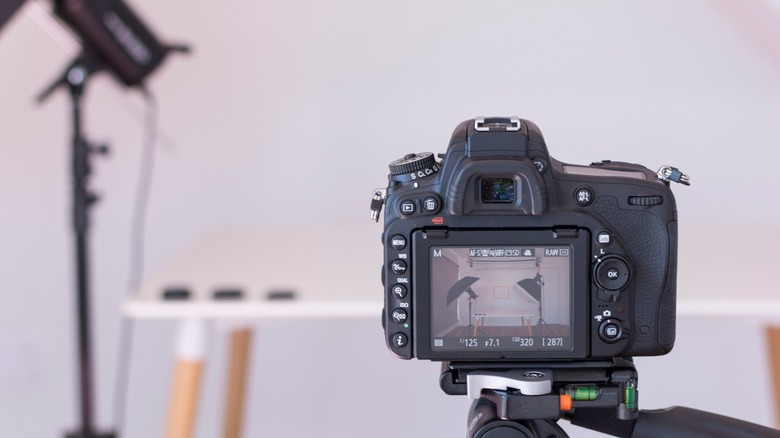5 Essential Lenses You Need For Product Photography
We may receive a commission on purchases made from links.
Whether you're a professional photographer expanding your lens repertoire to accommodate more clients or a serious hobbyist exploring more avenues of expressing your creativity, you need multiple lenses. However, with the hundreds or thousands of lenses available, you might have difficulty picking the right combination for your camera kit.
Most photographers would recommend getting a 50 mm lens, as it is one of the best all-around lenses you could buy. But what if you plan or are already delving into a specific photography niche? After all, we have different lens options because many photographers find a particular lens type more useful than another in some situations.
So, if you plan to get into or already do product photography, these are some of the essential lenses you need to expand your creativity and execute your vision. As a professional photographer, I owned or used all of these lenses we recommend, working both in the field and in the studio. Although I'm a Canon user, I won't focus on specific camera lens models because many different camera brands exist. Instead, we'll look at general lens ranges and give some branded examples so you can pick one, whichever brand you have.
Standard prime lens
Whether you're a newbie or a professional photographer, you need a standard prime lens in your kit; it's excellent for almost all types of photography, but more so for product photography. That's because a standard lens mimics the human eye's natural field of view. When used in product photography, the standard lens will accurately capture the item as you see it. However, the meaning of the standard prime lens may change depending on your camera — if it has a full-frame sensor, for example, this is the 50 mm lens, often called the "nifty fifty."
But if you attach a 50 mm lens to a camera with a smaller sensor, its field of view would look like what you'd see with an 80 mm lens on a full-frame sensor. So, if you have an affordable mirrorless camera, it probably uses a cropped sensor. That's why I recommend getting a 30 mm or 35 mm lens instead. When used with a full-frame camera, the 35 mm captures a wider field, but most APS-C cameras will crop in to make it look like a 50 mm lens.
The Canon EF 50 mm f/1.8, which costs $125 on Amazon, is a great standard lens for Canon EF-mount cameras. If you have a mirrorless Canon RF mount camera, a Nikon, or a Sony, you'd have to spend closer to $200 to get a 50 mm. Also, consider getting a 35 mm lens like the Canon RF 35 mm f/1.8 ($499 on Amazon) for APS-C mirrorless Canon EOS R models. If you have a Sony camera, you can get the Tamron 35 mm f/2.8 from Amazon for $199 instead.
100 mm macro lens
Macro lenses are perfect for product photography as they allow you to get up close and personal with the item you're capturing. When you see photos that show great detail as if you're looking at it on a nearly microscopic level, they were likely taken with a macro lens. Although you can find macro lenses with shorter focal lengths, I do not recommend them as you'll have to get closer to photograph the item. This could be a problem as it could block your light source or even cause reflection issues, especially if you're taking photos of glossy or glass items.
This time, though, we will not choose a different focal length for cropped-sensor cameras. That's because macro photography does not represent an item how you see it. Instead, it shows minute details you won't necessarily notice in everyday life. Canon has the Canon RF 100 mm f/2.8L Macro lens for its EOS R mirrorless cameras, but if you have the older EF or EF-S mount Canon, you must buy used, as it no longer makes these lenses new. If you have a Sony camera, you can pick the Sony FE 90 mm f/2.8 Macro lens, while Nikon mirrorless camera users have the Nikkor Z MC 105 mm f/2.8 lens as their primary option. These lenses are expensive, ranging from $950 to over $1,000.
Super zoom lenses
Now, if you're new to cameras and want to try product photography without breaking the bank and maintaining a more flexible lens lineup, I recommend getting budget super zoom lenses. Although they're usually not as sharp as dedicated lenses nor do they have features like macro, they are good enough for many scenarios.
Since they can go wide, you can use them to take product photos in different environments and scenarios. If you need to get a closer image of your subject, all you need is to adjust the lens — you don't have to change or move your camera nearer. However, I wouldn't pick this lens type if I'm working on a big client project, as its output tends to be a bit too soft for my liking.
The Tamron 18-400 mm f/3.5-6.3 is an excellent option if you have a Canon SLR with a cropped sensor, but if you're a Nikon DX-mount user, you can choose the Nikkor 18-300 mm f/3.5-6.3. On the other hand, Sony offers the Sony 18-200 mm f/3.5-6.3 for its E-mount cameras. These lenses range from $650 to $850 brand new, so they're relatively affordable compared to dedicated macro lenses and standard zoom lenses.
Standard zoom lens
Standard zoom lenses straddle the focal length of standard prime lenses. This is usually the 24-70 mm or 24-105 mm lens for full-frame cameras, like the Canon EOS R8. For cropped-sensor cameras, this is usually similar to its kit lens, like the 18-55 mm lens found on most entry-level cameras. Similar to super zoom lenses, standard zoom lenses are great for product photography because of their flexibility. You can take wide-angle photos when you zoom out and capture close-up, detailed images by zooming in. What makes the standard zoom lens different from super zoom and kit lenses is the wide opening it offers.
These wide-aperture zoom lenses let more light in, thus reducing the need for high ISOs and artificial lighting. This means you can take photos even in low light without worrying about unintended blur or grainy images due to noise. Furthermore, the wide opening reduces the depth of field, meaning you can take pictures that make your product pop from the background while producing beautiful and creamy bokeh.
The most common standard zoom lenses are the Canon EF 24-70 mm f/2.8L and Nikon FX Nikkor 24-70 mm f/2.8E lenses. Sony also makes the Sony FE 24-70 mm f/2.8G for its cameras. These lenses cost between $1,700 and $2,400, depending on the camera mount they're designed for. Furthermore, they're primarily made for full-frame cameras. If you have a cropped-frame camera, you can pick the Sigma 17-50 mm f/2.8 for Canon or the Nikkor DX 17-55 mm f/2.8G if you have a Nikon. Sony also offers the Sony E 16-55mm f/2.8G for its cropped-sensor cameras. Since these are designed for cheaper cameras, you can get these lenses for $800 to $1,500.
Tilt-shift lenses
If you have deep pockets and don't mind spending to get the best and most unique results, the tilt-shift lens will take your product photography to the next level. This type of lens changes its position versus your camera's sensor, altering how your camera focuses and affecting its depth of field. Tilt-shift lenses are typically used for architectural photography, allowing photographers to capture a structure from the ground up without the distortion brought about by perspective. However, I also occasionally used the tilt-shift lens for in-studio product photography, especially when we were shooting jewelry.
That's because you can change your camera's focus plane with the tilt-shift lens, allowing you to capture more of your subject even if you're using a wide aperture. Furthermore, a tilt-shift lens's ability to remove perspective will allow you to take product images from different angles without distorting them — crucial for taking close-up photos of items with highly reflective surfaces. Canon offers the Canon TS-E 135 mm f/4L Macro for its EF/EF-S mount cameras, while Nikon has the Nikkor PC-E FX 45 mm f/2.8D lens of FX and DX Nikon bodies. These lenses cost about $2,000 and up, so be ready to spend a lot of money if you really want them.
Why did I suggest these lenses?
These are the lenses I used in the studio and field as a professional photographer. I primarily used the Canon EF 50 mm f/1.4 and the Canon 100 mm f/2.8 Macro in the studio, also utilizing a tilt-shift lens at times, especially when working with jewelry clients. For wedding photography assignments, I carry the 50 mm and 100 mm macro lenses, but the versatility of the Canon EF 24-70 mm f/2.8L means that I can use it for capturing detailed photos of the couple's accessories while ensuring that I'm always ready to snap a moment.
Nevertheless, I still keep my Canon EF 70-200 mm f/2.8L lens on my other camera just in case I see a unique opportunity to take a long-range product photo. While you can buy these lenses if you want to take on product photography, do not stop yourself from trying even if you only have your camera's kit lens. After all, these are just tools to enhance your craft and you should master your skills before investing in expensive gear — that way, you get the most out of them when you eventually make the purchase.
